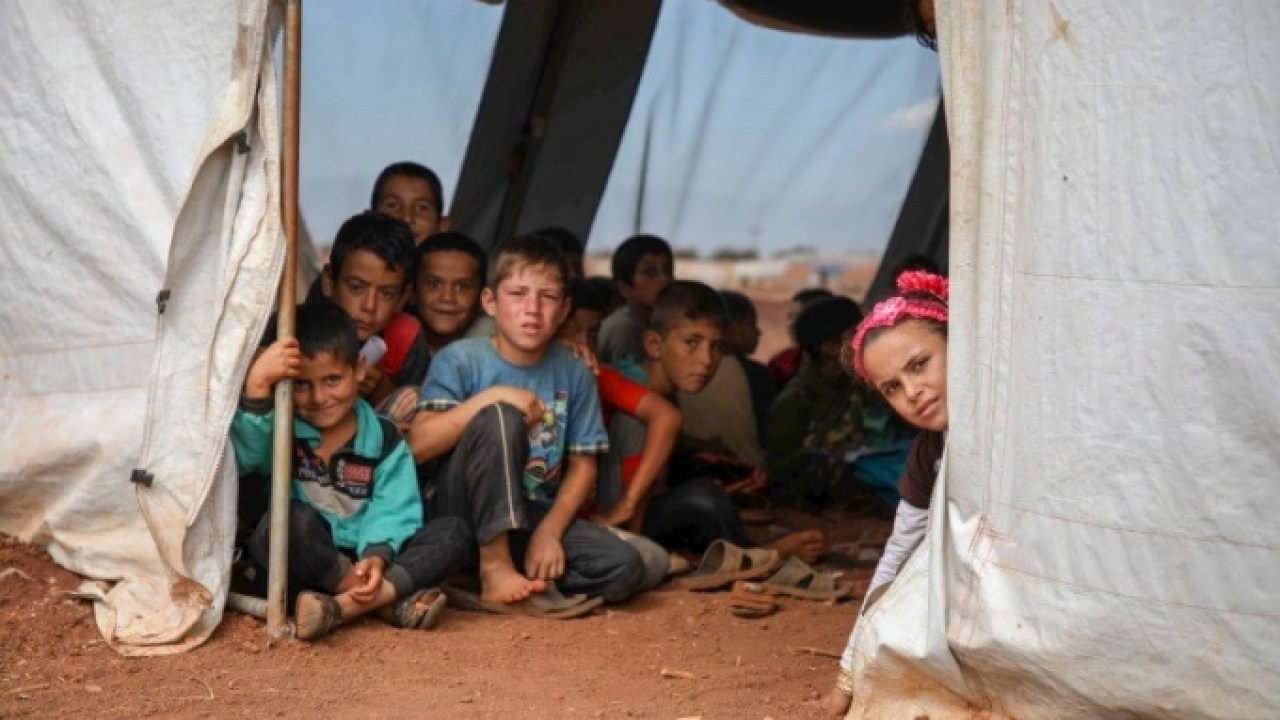

In particular, the ongoing situation with Boko Haram in northeast Nigeria, which inflicts harm on civilians and renders women and children especially vulnerable, calls for a human security strategy to ensure safety and promote well-being while the active conflict awaits resolution. 2 Externalities from the conflict include food insecurity, disease outbreaks, forced migration, loss of business, and loss of infrastructure. 1 Over 2.4 million people have been displaced in Nigeria’s affected regions.


The paper calls for urgent and increased attention to the core rights and human security needs of these children to avoid a replay of negative outcomes of conflict, where the costs and consequences propagate a cycle of violence and disadvantage.Ĭompared with other nations, Nigeria has the world’s fifth-highest death toll due to armed conflict, primarily from the activities of the Boko Haram insurgency, with casualties exceeding those of past major incidents in Africa (namely Rwanda and the Democratic Republic of Congo). We highlight the need for a gendered approach strategies that address poverty and cultural and governance barriers and interdisciplinary, context-specific, and autonomous child protection systems.

This paper uses the SAFE model of child protection-which examines the interrelatedness of safety, access, family, and education and economic security-to analyze the challenges of children and youth affected by the conflict. However, there is a need for more rights-based, integrated, and multifaceted approaches to tackle the interrelated threats to the security of children and their families affected by the conflict. Current humanitarian efforts primarily target camps for internally displaced persons, while state strategies focus mainly on addressing security through combatant-targeted interventions. For instance, Nigeria had the second-highest number of children recruited to armed groups and the third-highest number of abductions in 2018. The country has witnessed significant violations of the United Nations Convention on the Rights of the Child, which Nigeria has signed and ratified. The Boko Haram insurgency in northeast Nigeria is responsible for the highest number of lives lost in Africa in the past decade.


 0 kommentar(er)
0 kommentar(er)
